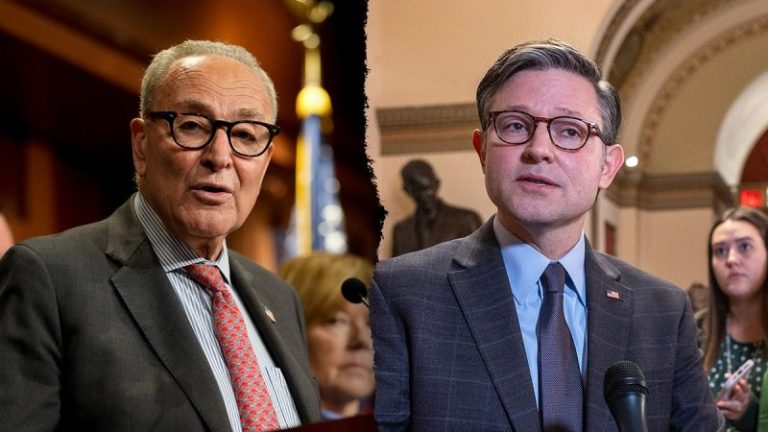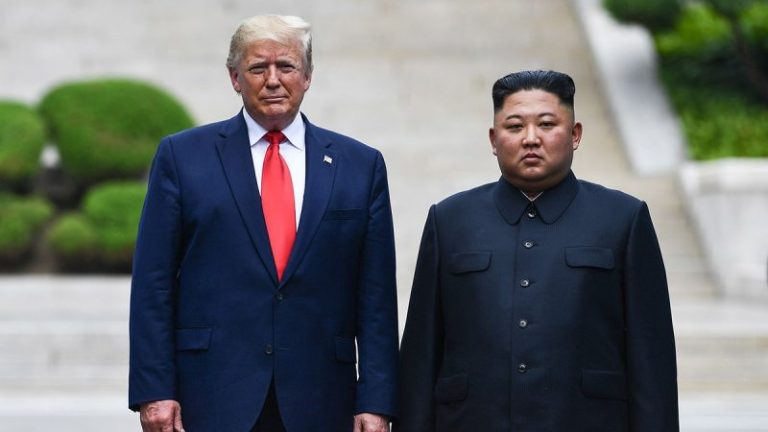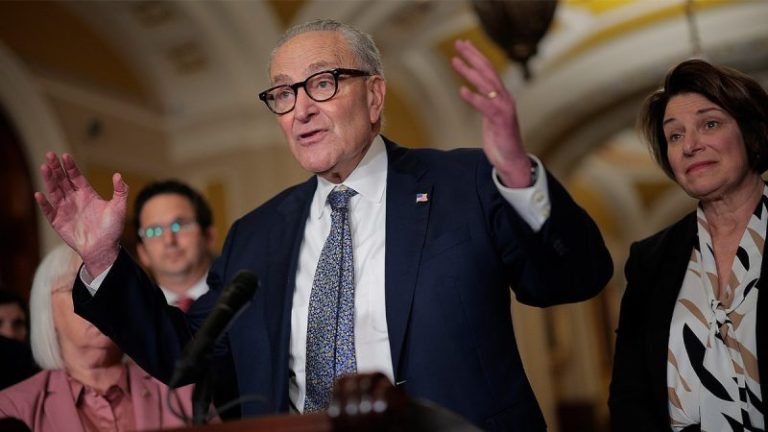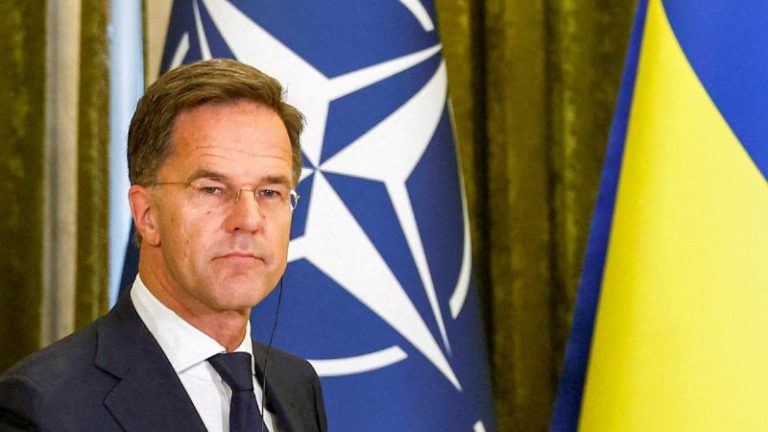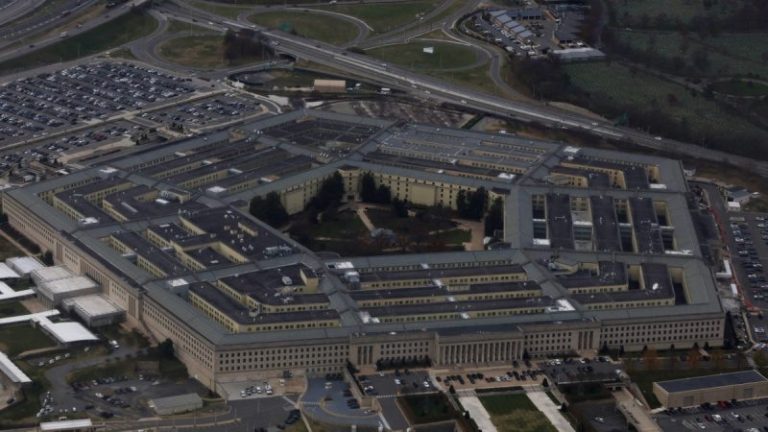Syntheia Corp. (CSE: SYAI) (‘Syntheia’ or the ‘Company’) (Syntheia.ai), is pleased to announce that, further to its press release of September 25, 2025, it has completed the previously announced acquisition (the ‘Transaction’) of certain assets of Call Centre Guys Inc. (‘CCG’). As consideration for the Transaction, the Company paid $750,000 cash and issued an aggregate of 10,000,000 common shares of the Company (each a ‘Common Share’) to Imran Butt, the principal of CCG. The Common Shares are subject to a statutory four-month and one day resale restriction and are subject to an 18-month voluntary escrow on a 25% release schedule with the first escrow release on closing of the Transaction and the following three releases every 6 months thereafter. Further, the Company issued a 10% secured promissory note as previously disclosed in the press release of the Company dated September 25, 2025.
‘With the acquisition of the CCG call center assets combined with our conversational AI platform, we expect savings and efficiencies which will significantly increase the customer experience,’ commented Tony Di Benedetto, CEO of Syntheia. ‘We are excited to continue our industry wide roll out across North America deploying our conversational AI platform in call center acquisitions. We look to enhance revenue growth, realize savings, and increase customer satisfaction, while creating consistent accretive shareholder value,’ said Tony Di Benedetto, Chief Executive Officer.
In connection with the Transaction, Imran Butt, the principal of CCG, has joined the board of directors of the Company and has been appointed as President of the Company replacing Richard Buzbuzian as President. Mr. Buzbuzian will continue to serve as a director of the Company and Capital Markets advisor for the Company.
Imran is a senior business executive in the customer experience industry whose career spans over two decades of building, scaling, and transforming contact centers. He launched Matrix 5 Inc. in 2002, and within months became a leading industry partner which later evolved into Voysus Group Inc., serving major communications and media companies among other industries. After successfully exiting Voysus in 2012, Imran founded CCG in 2017, blending people-first values with advanced technology to deliver solutions supporting international organizations including major telecommunications companies, cosmetic brands, tech services firms, IT service providers and a Big Four accounting firm.
‘With over 20+ years in the call center space, I look forward to bringing my operational experience and industry contacts to my new role as President of Syntheia Corp. We have a significant opportunity in the call center market enhance the customer experience with AI, which Syntheia has now developed. It is a very exciting time at Syntheia!’ commented Imran Butt, President Syntheia Corp.
About Syntheia
Syntheia is an artificial intelligence technology company which is developing and commercializing proprietary algorithms to deliver human-like conversations and deploying our technology to enhance customer satisfaction while dramatically reducing turnover and traditional staffing issues.
For further information, please contact:
Tony Di Benedetto
Chief Executive Officer
Tel: (844) 796-8434
Cautionary Statement
Neither the Canadian Securities Exchange nor its Market Regulator (as that term is defined in the policies of the Canadian Securities Exchange) accepts responsibility for the adequacy or accuracy of this news release.
This news release contains certain ‘forward-looking information’ within the meaning of applicable securities law. Forward-looking information is frequently characterized by words such as ‘plan’, ‘expect’, ‘project’, ‘intend’, ‘believe’, ‘anticipate’, ‘estimate’, ‘may’, ‘will’, ‘would’, ‘potential’, ‘proposed’ and other similar words, or statements that certain events or conditions ‘may’ or ‘will’ occur. These statements are only predictions. Forward-looking information is based on the opinions and estimates of management at the date the information is provided and is subject to a variety of risks and uncertainties and other factors that could cause actual events or results to differ materially from those projected in the forward-looking information. Forward-looking statements in this news release includes, but are not limited to, the synergies derived from the acquisition of the assets in the Transaction. Readers are cautioned that forward‐looking information is not based on historical facts but instead reflects the Company’s management’s expectations, estimates or projections concerning the business of the Company’s future results or events based on the opinions, assumptions and estimates of management considered reasonable at the date the statements are made.
Although the Company believes that the expectations reflected in such forward‐looking information are reasonable, such information involves risks and uncertainties, and undue reliance should not be placed on such information, as unknown or unpredictable factors could have material adverse effects on future results, performance or achievements. Please refer to the Company’s listing statement available on SEDAR+ for a list of risks and key factors that could cause actual results to differ materially from those projected in the forward‐looking information. Should one or more of these risks or uncertainties materialize, or should assumptions underlying the forward‐looking information prove incorrect, actual results may vary materially from those described herein as intended, planned, anticipated, believed, estimated or expected.
Although the Company has attempted to identify important risks, uncertainties and factors which could cause actual results to differ materially, there may be others that cause results not to be as anticipated, estimated or intended. The Company undertakes no obligation to update forward-looking information if circumstances or management’s estimates or opinions should change unless required by law. The reader is cautioned not to place undue reliance on forward-looking information.
The securities of the Company have not been and will not be registered under the United States Securities Act of 1933, as amended and may not be offered or sold in the United States absent registration or an applicable exemption from the registration requirement. This press release shall not constitute an offer to sell or the solicitation of an offer to buy nor shall there be any sale of the securities in any jurisdiction in which such offer, solicitation or sale would be unlawful.
To view the source version of this press release, please visit https://www.newsfilecorp.com/release/268810
News Provided by Newsfile via QuoteMedia






